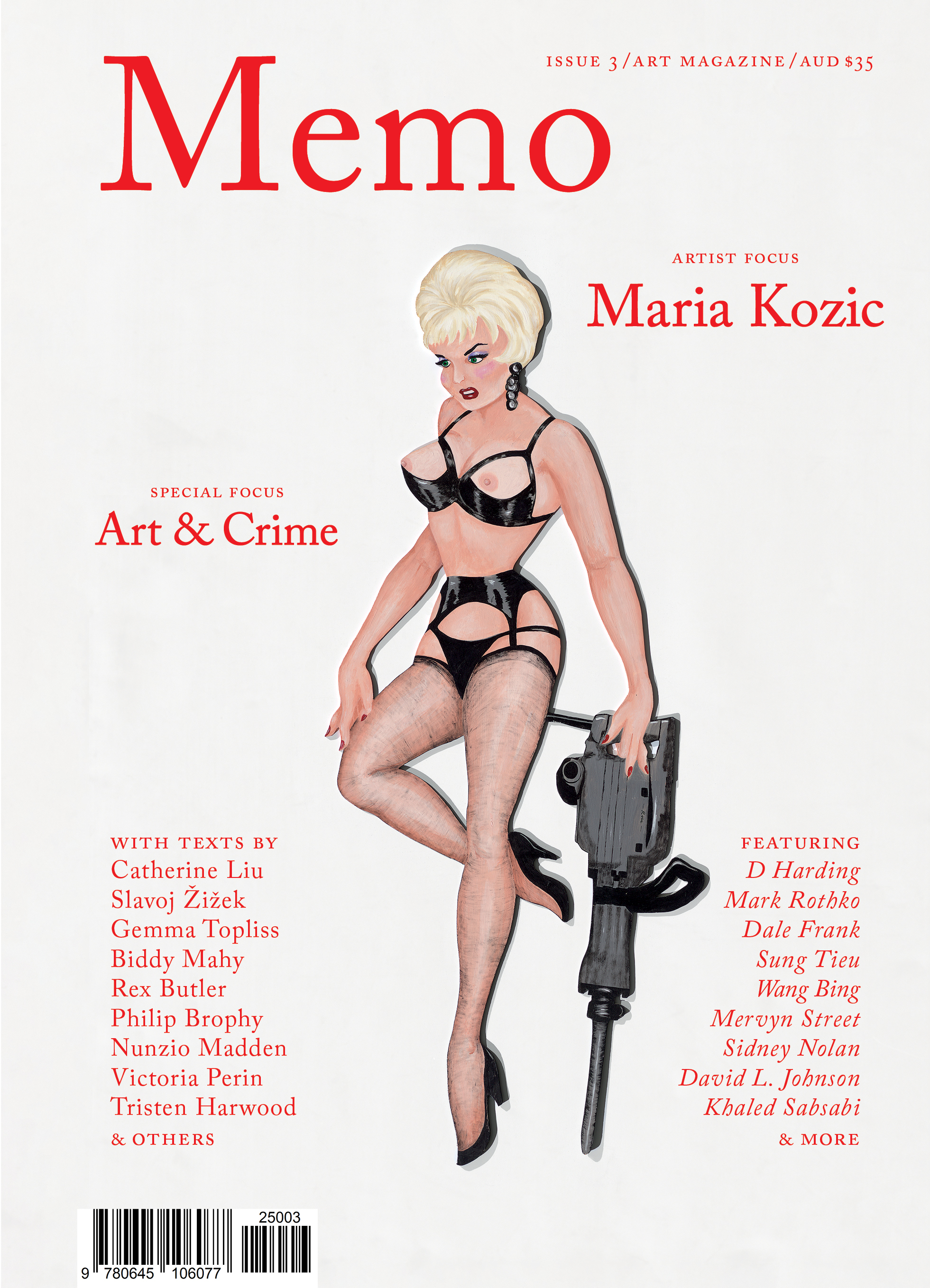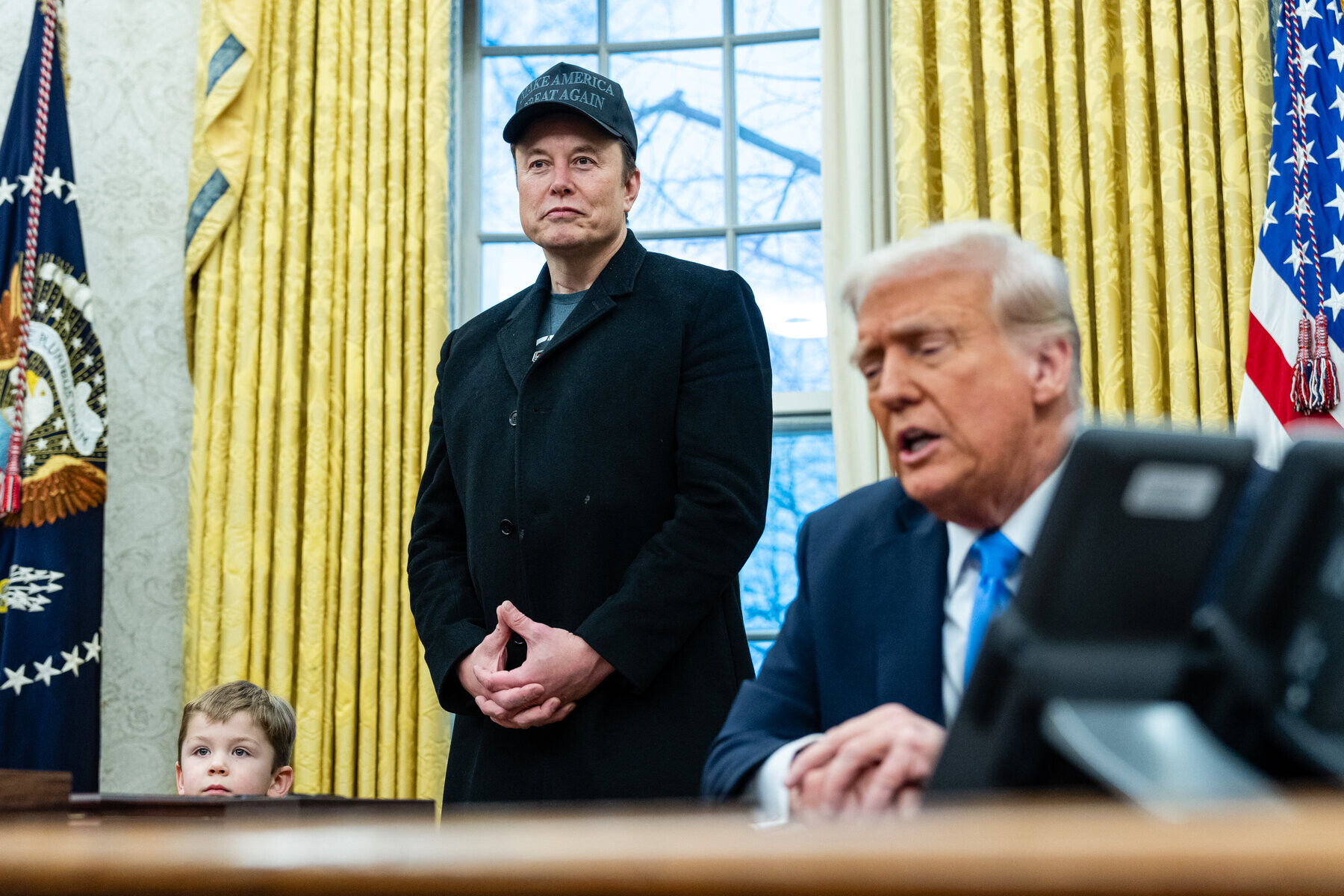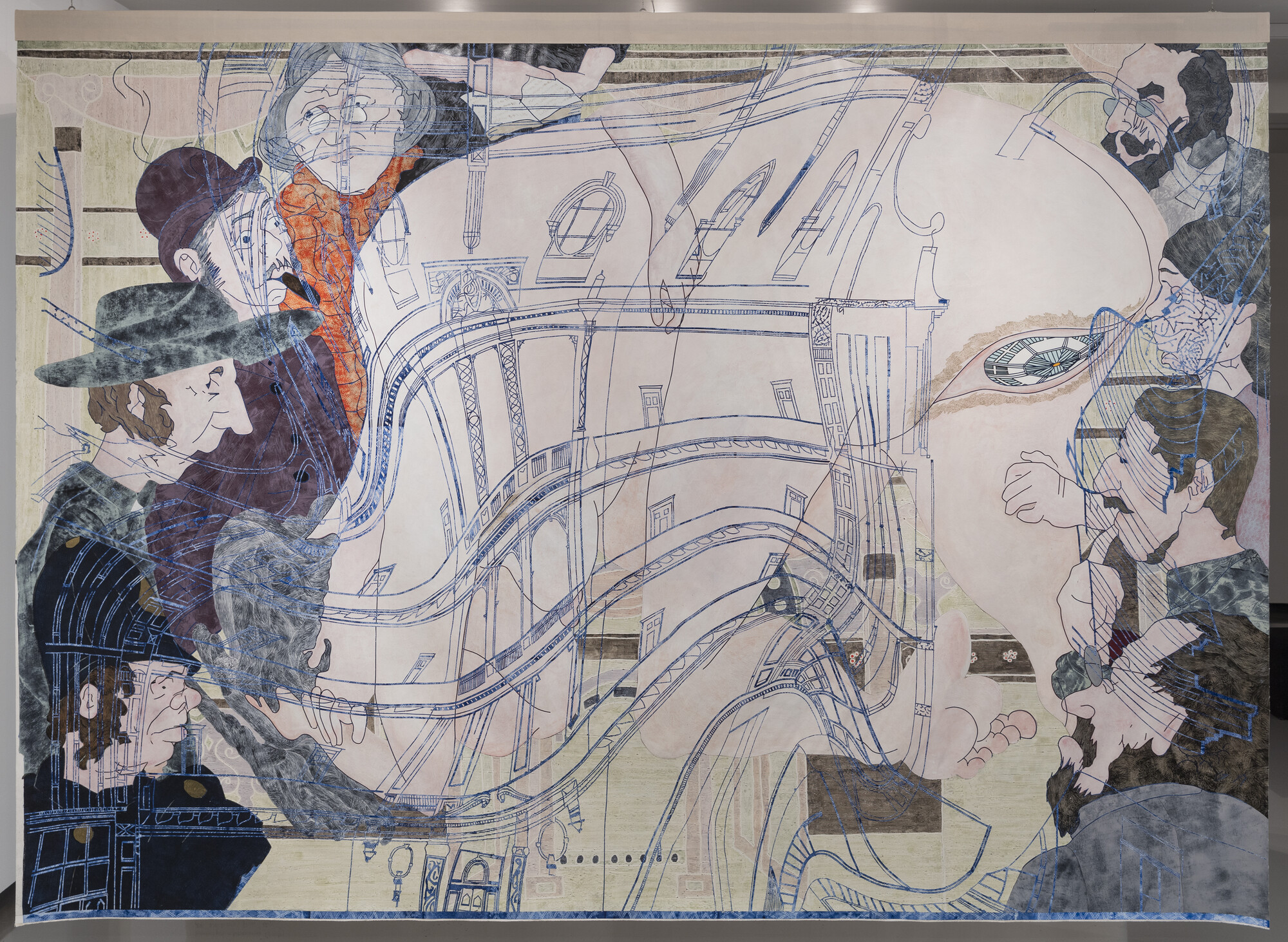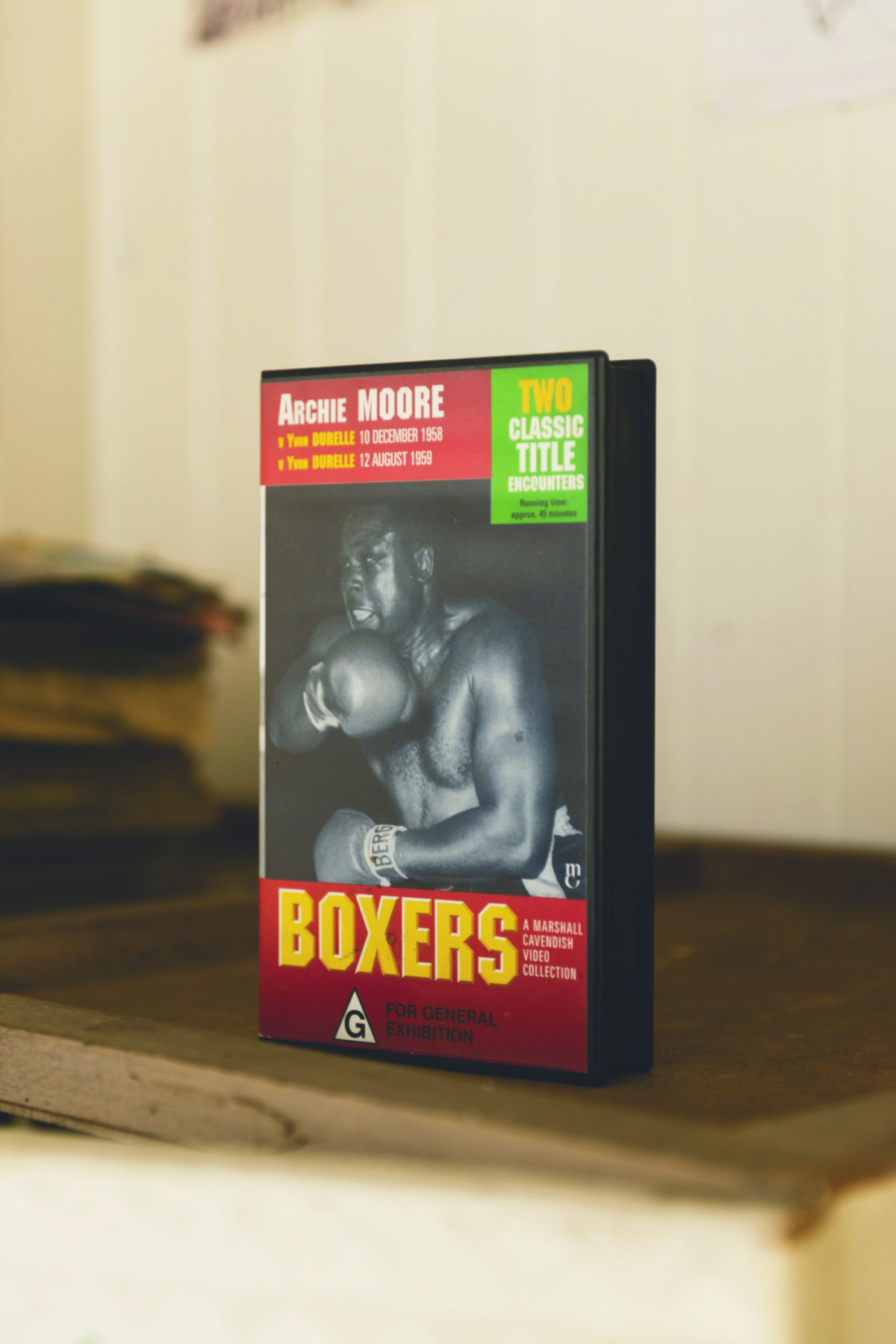Liang Luscombe: Co-Presence
Liang Luscombe’s artful syntax of pastiche and puppetry interrogates the objectification of Asian femininity, collapsing Cartesian boundaries between human, artefact, and cinematic stereotype.
I don’t remember exactly when I met Liang Luscombe, but it must have been around 2012, when she exhibited Bauhaus Fisher Price at TCB Art Inc. in Melbourne’s CBD. In classic awkward-Fine-Art-undergraduate fashion, I sped through the opening without acknowledging anyone—meaning I actually got a decent look at the work. Luscombe had constructed three imitation Ginger chairs, originally designed by Andrea Branzi for Studio Alchimia in 1980, and hand-painted them in bright, Memphis-style patterns. To complete the exhibition, she painted the lower half of the gallery’s interior a flat cadmium orange, framing the space with a bold, painted window in the centre of one wall. The result was a distinctly set-like quality.
Exclusive to the Magazine
Liang Luscombe: Co-Presence by Amy Stuart is featured in full in Issue 3 of Memo magazine.
Get your hands on the print edition through our online shop or save up to 20% and get free domestic shipping with a subscription.
Related
Artistic resistance, from Ai Weiwei to Archie Moore’s kith and kin, punctures the facades of power as Australia’s art institutions wobble between defending creative freedom and capitulating to a rising culture of control.
Boxer, scrapper, parry—Archie Moore’s work moves through the tropes assigned to him, resisting, reworking, refusing.
Helen Johnson’s The Birth of an Institution (2022) is a visceral vision of colonial power—an exposed white woman gives birth, not to a child but to the dome of the State Library of Victoria. Encircled by cold-eyed onlookers, she embodies both subjugation and complicity, raising urgent questions about the institutions we inherit.



